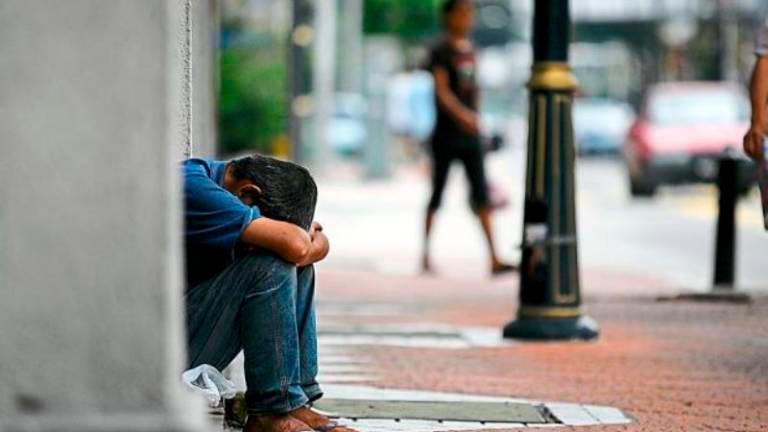PETALING JAYA: It is not right to assume that those residing in their own houses or apartment units are far from living in poor conditions.
A family of six or seven living in a tiny 600sq ft flat that they own may still find it difficult to put meals on the table.
In such households, the income level may not be high enough to ensure that everyone gets a minimum amount of nutritional food and basic non-food essentials, Khazanah Research Institute director Dr Suraya Ismail told theSun.
Getting proper housing at decent prices or rental rates still remains a major challenge for many families in the country, she said, adding that provision of housing is usually left to private developers, who invariably focus on catering to middle-to-upper class households.
“Often, there is minimal consideration for the less affluent.”
As a result, there is a widening gap between the housing needs of most urban families and the system’s ability to meet such needs at reasonable prices, she added.
“From 2009, we witnessed a rapid escalation in property prices in urban areas,” Suraya said.
To find something affordable, either to buy or rent, families are forced to make sacrifices on quality and location. “Even after making these concessions, costs remain substantial. So households end up compromising on other necessities or on home maintenance.
“As a result, many low and medium-cost housing settlements are turning into urban slums. To address this, there is a need for a comprehensive housing agenda.”
“Often, policies are based on welfare considerations, such as social housing, which cater only to basic needs. The rest of the market is generally left unregulated.”
Think tank Emir Research social, law and human rights head, Jason Loh, said a revival of the rent-to-own (RTO) strategy is essential to address housing problems.
“We at Emir Research have been calling for a renewed effort to bring back the RTO in a big way, especially in the Klang Valley, to meet the needs of those who have been pejoratively named the ‘new poor’.”
He pointed out that the economic impact of the pandemic has pushed those in the M40 group into the B40.
While hardcore poverty is no longer an issue in Malaysia, poverty and absolute poverty should now be viewed through a multi-dimensional perspective, he said.
For instance, what is considered normal today, like having a flat-screen TV, would not have been seen as such three decades ago.
“Today, a household with a flat-screen TV may still be considered poor because the overall cost of living in cities is much higher now compared with household incomes.”
The multi-dimensional poverty index was introduced under the 11th Malaysia Plan, he said, adding that the poverty rate stands at 0.6%, with Chinese accounting for the lowest ratio at 0.1%, followed by Indians at 0.6% and bumiputras at 0.8%.
“While we do not experience absolute poverty as in huge numbers of people living in ramshackle and downtrodden conditions or masses sleeping on the streets, poverty does take on other forms.”














